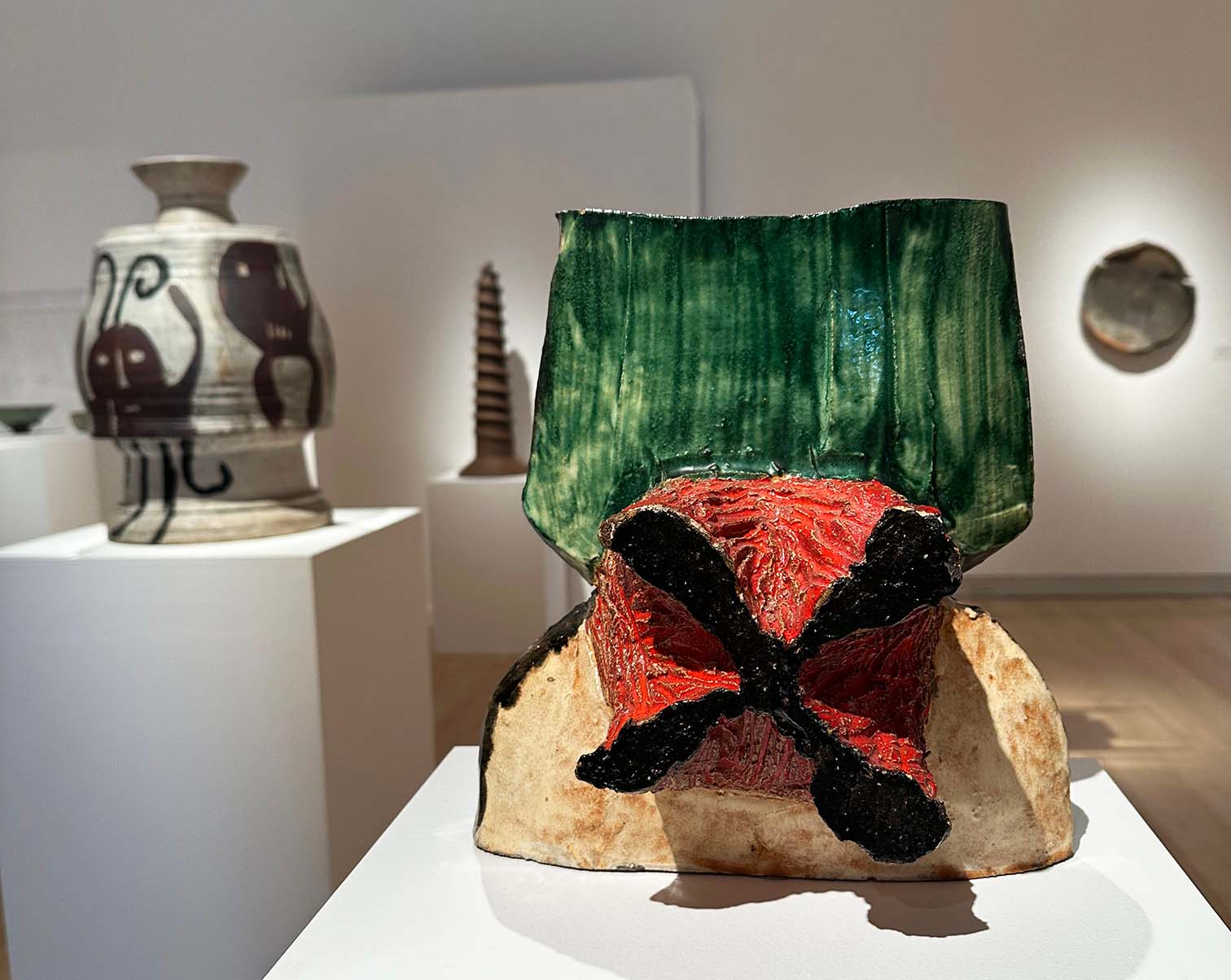

The Ruth Chandler Williamson Gallery
251 E. 11th St. Claremont
California 91711

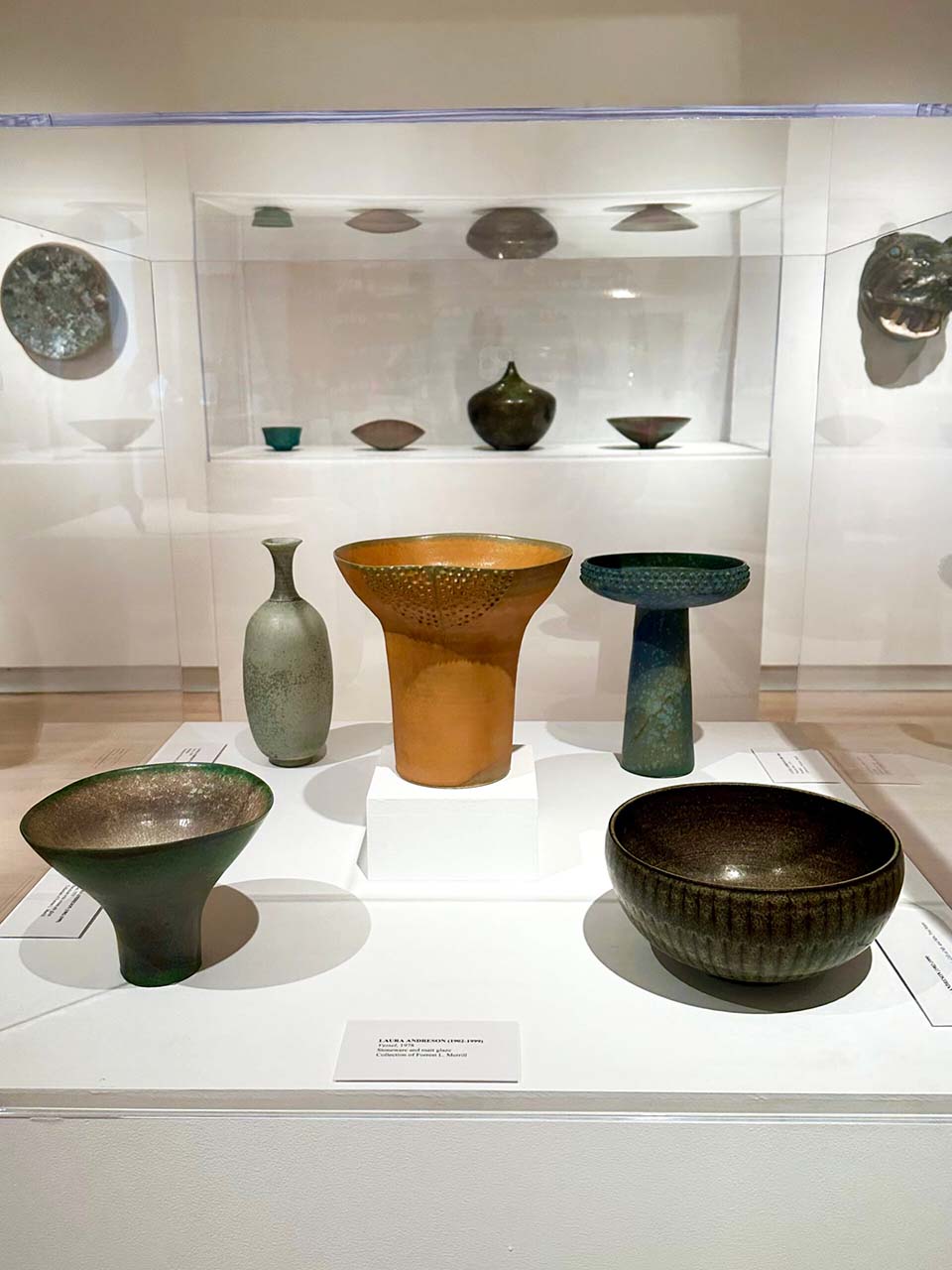
The unfolding history of California ceramics is on view at Scripps College in Claremont, CA, at the Ruth Chandler Williamson Gallery until April 6, 2025. Selections from two prominent collections highlight the evolution of the artistic use of clay from 1940 to today. Many pieces are by transformative artists in the medium, while others reflect collecting tastes not influenced by trends. Themes include the evolution of the vessel into sculpture, figuration, and ceramic experimentation.
The exhibition evokes the practices of Jim Ede, a 20th-century art collector from Cambridge, England, as seen in his home-turned-domestic gallery, Kettle's Yard. There, objects are comfortably situated, creating a welcoming space to relax and engage with the works on view. As a budding art historian, I visited Ede's home (now operated by Cambridge University) many years ago. I wandered its intimate spaces, elevated by the intertwining of paintings, sculptures, ceramics, and natural elements.
Contemporary ceramic artist Edmund de Waal also admired Ede's methods, remarking on how situating artworks in a "non-valorized" environment provided an alternative to highly structured and formalized gallery settings.
Each collector’s personal view of clay’s compelling use during an innovative era of ceramics is unveiled. Three to six works feature select artists, providing insight into their creative scope. Laura Andreson, for example, is represented by six works that emphasize her importance to the medium during the mid-20th century. Her teapot from the early 1940s was Fred Marer’s first collected piece. Forrest L. Merrill’s display of five Andreson works highlights her skilled and varied use of the vessel form and fine glazing techniques.

Works by Vivika and Otto Heino, Gertrud and Otto Natzler, Marguerite Wildenhain, and Antonio Prieto add to the thriving studio ceramics era of Northern and Southern California and are drawn from both collections.

Interestingly, Glen Lukens’s importance in the early development of ceramics in Southern California is seen in two large vessels. His massive ceramic bowl is characterized by a crackled glaze on rough-hewn clay bodies, which he most likely harvested himself. The other bowl, made of slumped glass, was the first art piece collected by a young Forrest Merrill when he was in high school. Peter Voulkos—and the importance of the Otis group that organized around him in the early 1950s—is represented by early career pieces, along with works by Michael Frimkess, John Mason, Ken Price, and Henry Takemoto. Takemoto especially emerges as a poetic contributor to this dynamic time of clay innovation.
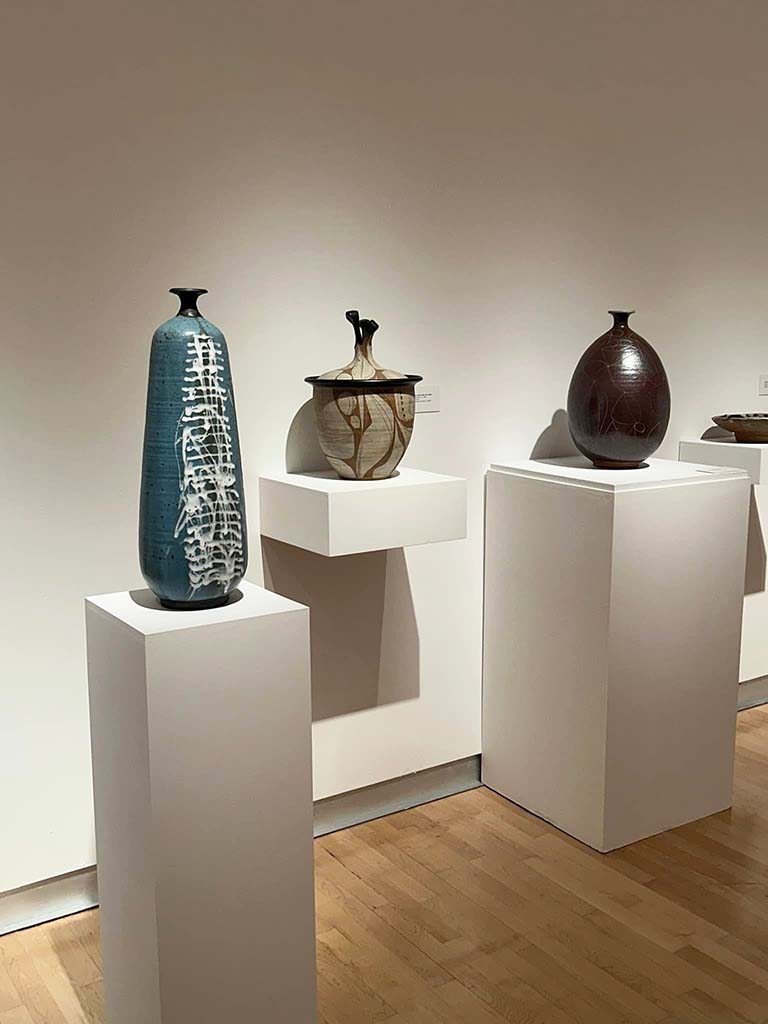
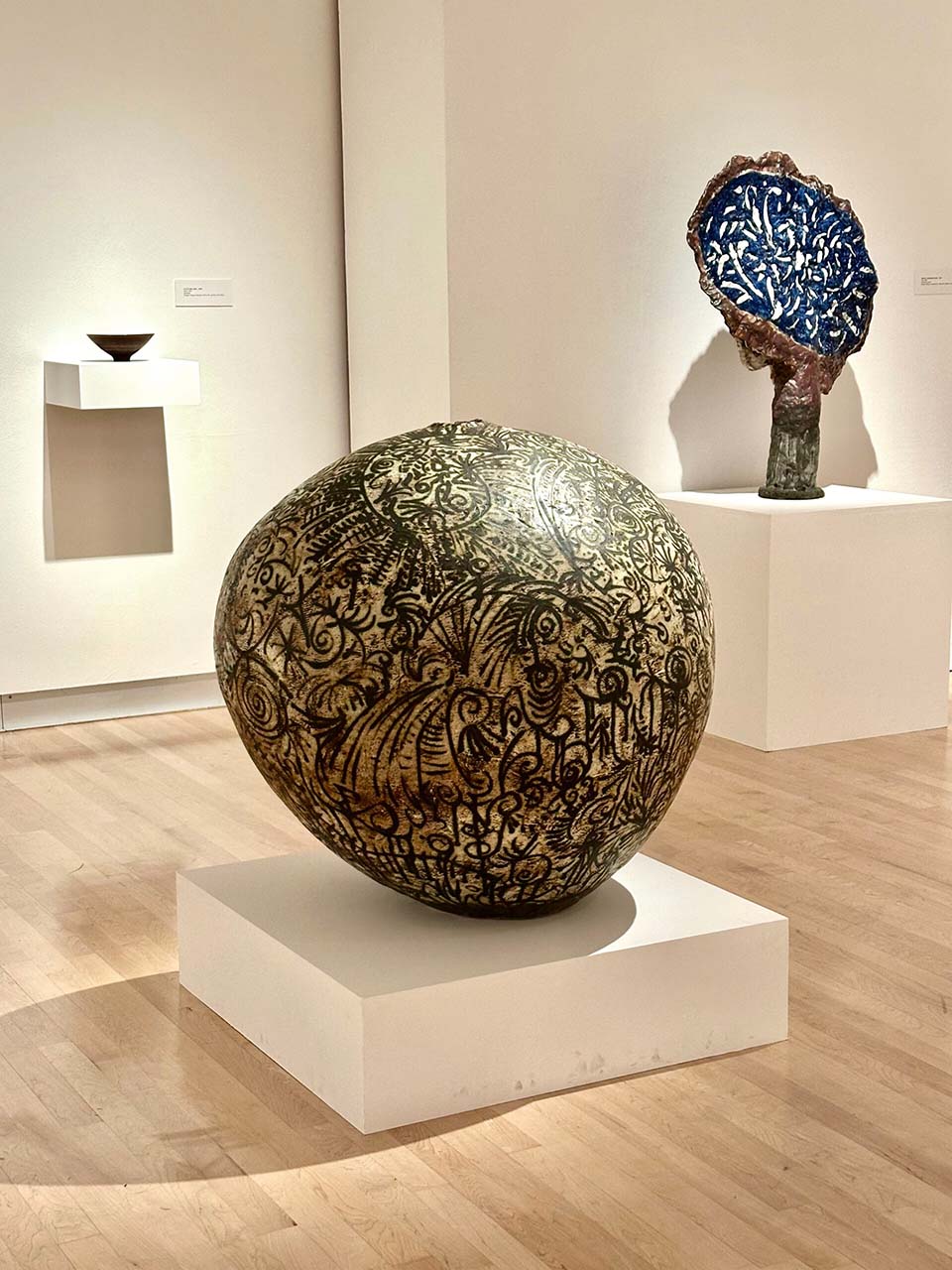
Though different in their approach, Fred Marer and Forrest L. Merrill echo Jim Ede’s openness to collecting. Marer’s collection is available to view in accessible storage by appointment at the college and seeing both accomplished and experimental works by artists is exciting and insightful. Paul Soldner, who taught at Scripps during the time Marer was collecting, urged him to give to the college over 900 ceramic pieces acquired over fifty years. As a Los Angeles City College mathematics professor, Marer’s purchases were guided by budgetary considerations. Yet his proximity to artists in the region, like Jun Kaneko, gave him the opportunity to purchase work directly.
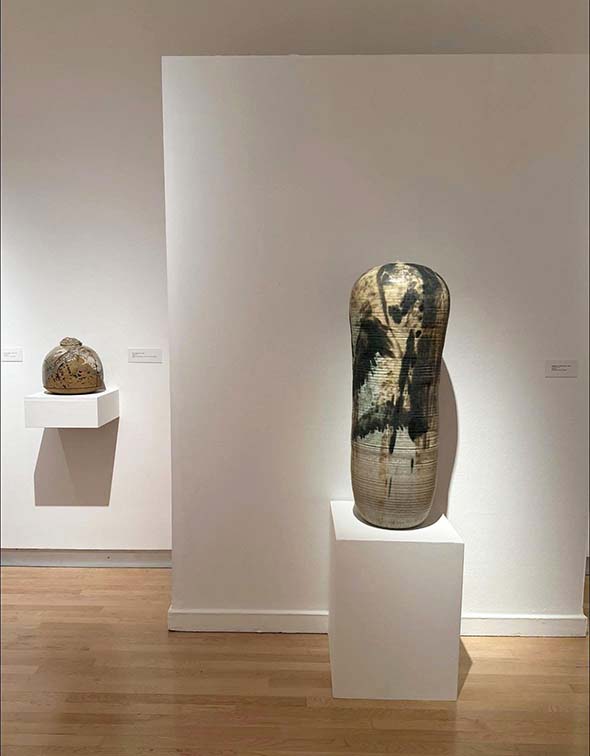
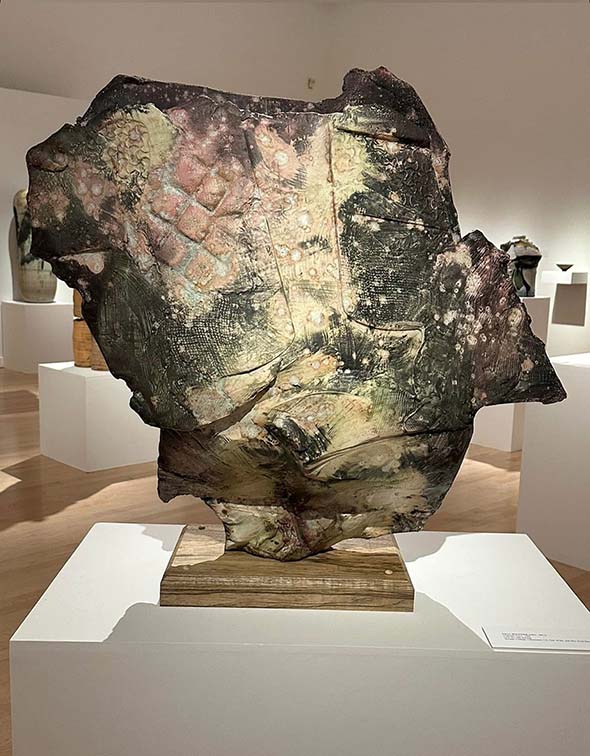
Forrest Merrill’s extensive ceramic collection appears in exhibitions throughout the United States, in venues both large and small. As an accredited museum, the San Francisco International Airport is a frequent exhibition location, featuring shows on ceramics and American crafts culled from Merrill’s collection. This partnership sheds light on the inspirational influence of art through one of the busiest travel centers in the country, where thousands pass through daily.
Merrill’s collection is also buoyed by anecdotal ephemera. Funk artist David Gilhooly’s ceramic chocolate cake, adorned with the artist’s trademark frogs, is one example of narrative cross-currents in the show. It was given to Beatrice Wood as a birthday gift by Gilhooly, who knew of her fondness for young men and chocolate. Her cheeky letter of response—she was initially fooled by its lusciousness—is a treasure. She wrote, “When I entered my room and saw a delicious chocolate cake, I rushed for a knife to cut a piece. How could you play such a miserable trick on me?”
Contemporary artists like Mark Goudy, Liza Riddle, and Kris Marubayashi also have pieces in the show, reflecting Merrill’s continued acquisitions of work by living artists.
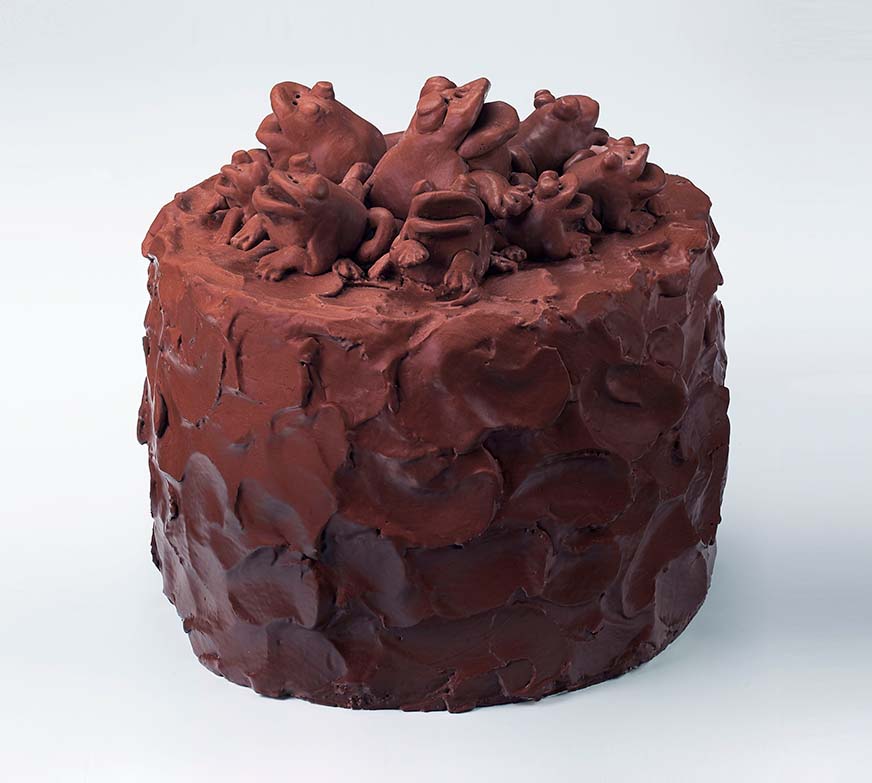
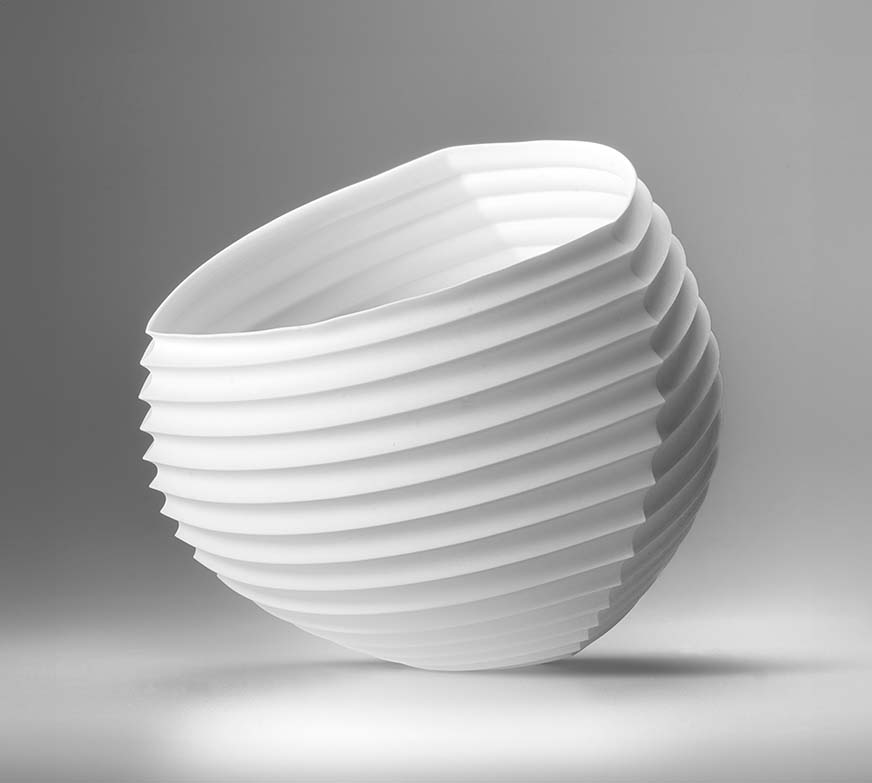
The 80th Scripps College Ceramic Annual is a compendium of 20th-century California ceramic history (with select international inclusions), shaped by two insightful collectors who embraced their time and place. Many Northern California makers like Robert Arneson, James Lovera, Ruth Rippon, and Win Ng are represented in the Merrill Collection, while Southern California artists like Jun Kaneko, Michael and Magdalena Frimkess, and John Mason are represented in the Marer Collection. Understandably, artists like Peter Voulkos, Antonio Prieto, and Marguerite Wildenhain are represented in both, as they were nationally recognized figures of their day. The Fred Marer Collection of Contemporary Ceramics and ceramics from the Forrest L. Merrill Collection together offer a vibrant, eyewitness account of clay artistry in California.
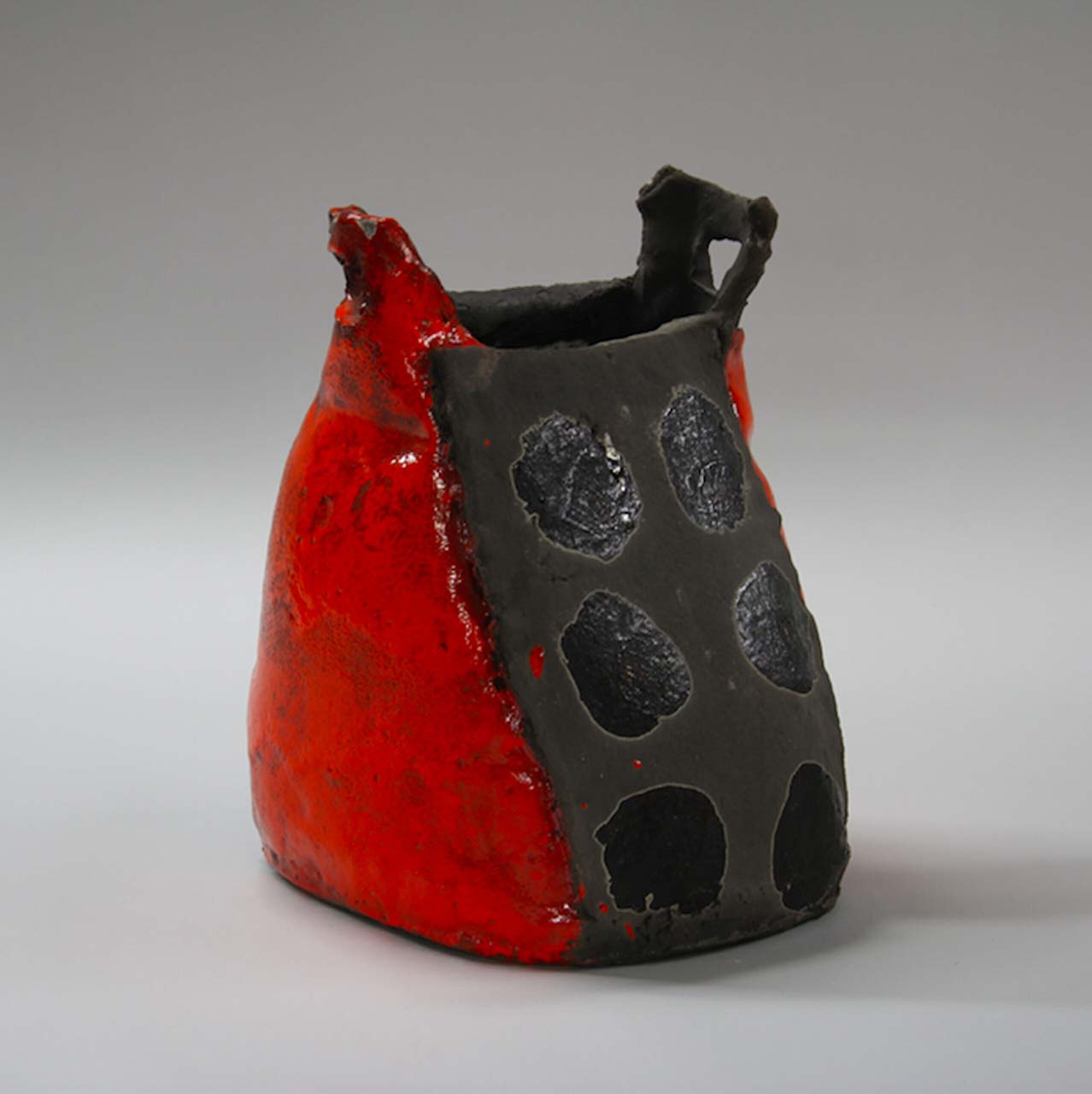
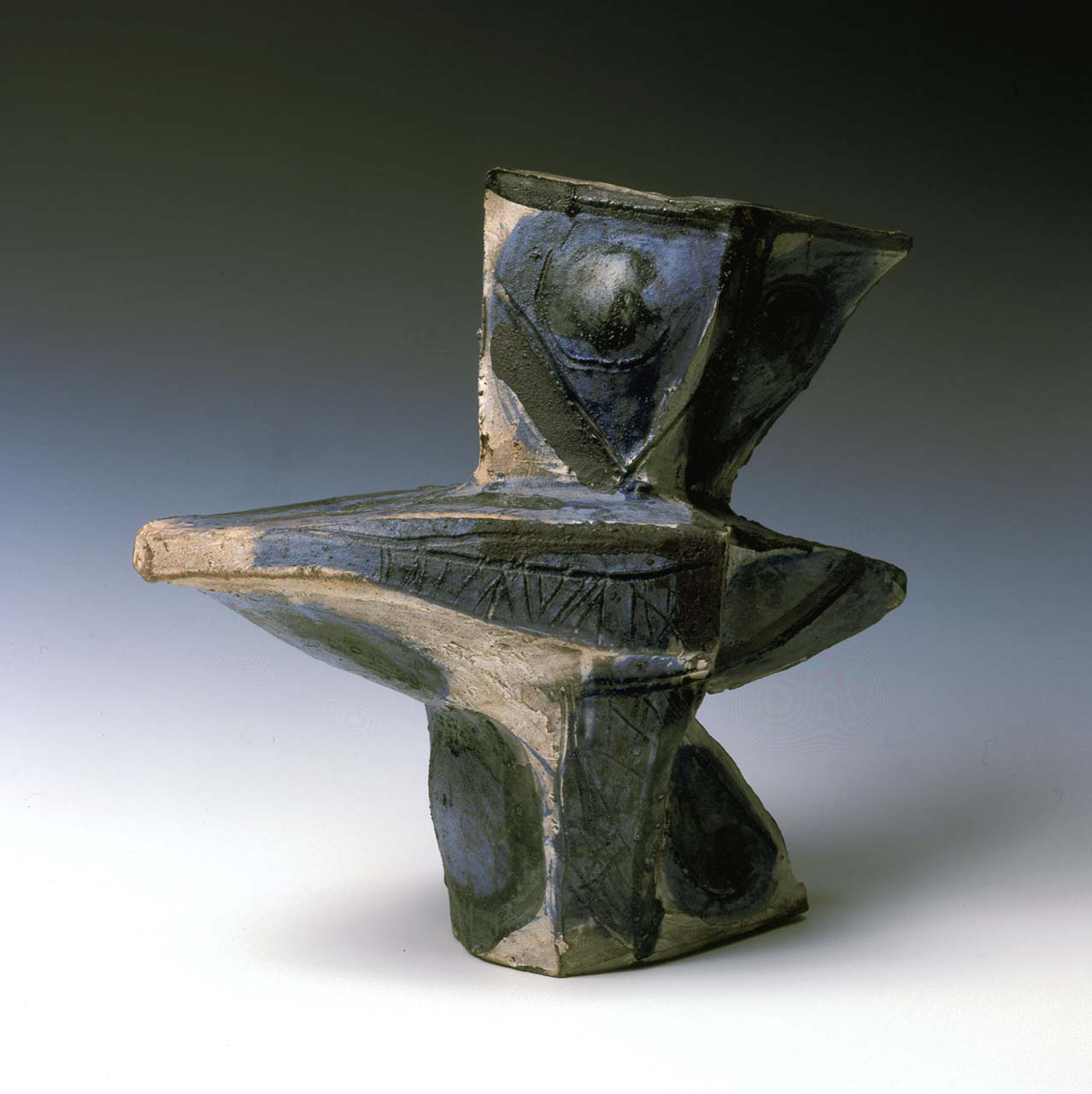
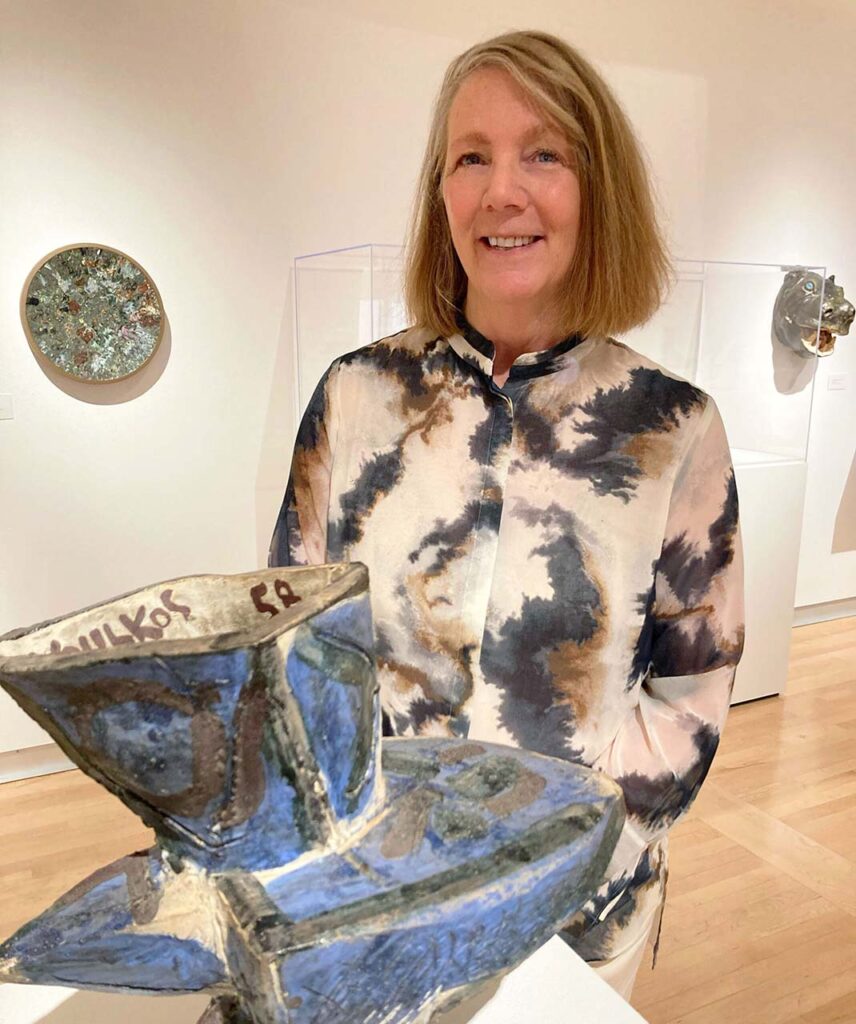
Nancy M. Servis, Sacramento, California, has been a leader in the greater San Francisco Bay Area ceramics community for nearly thirty years. As a recognized author, curator, educator, and historian specializing in Northern California ceramics, she has curated exhibitions and devised college curriculum on the topic of California clay. Currently she is serving as guest curator for the 80th Scripps Ceramic Annual, 2025. Her writing is featured in many periodicals and she's also the author of several artist biographies and exhibition catalogues. In 2014, Nancy was the Jentel Critic/Writer in Residence at the Archie Bray Foundation, and she is also a member of the International Academy of Ceramics. Presently, Nancy is completing her book on the history of Northern California ceramics. Her commitment to preserving, documenting, and exhibiting the work of Northern California ceramics artists is most evident on her website.
Visit Ruth Chandler Williamson Gallery at 251 E. 11th St. Claremont, California 91711, and learn more about the 80th Scripps College Ceramic Annual on their website.
